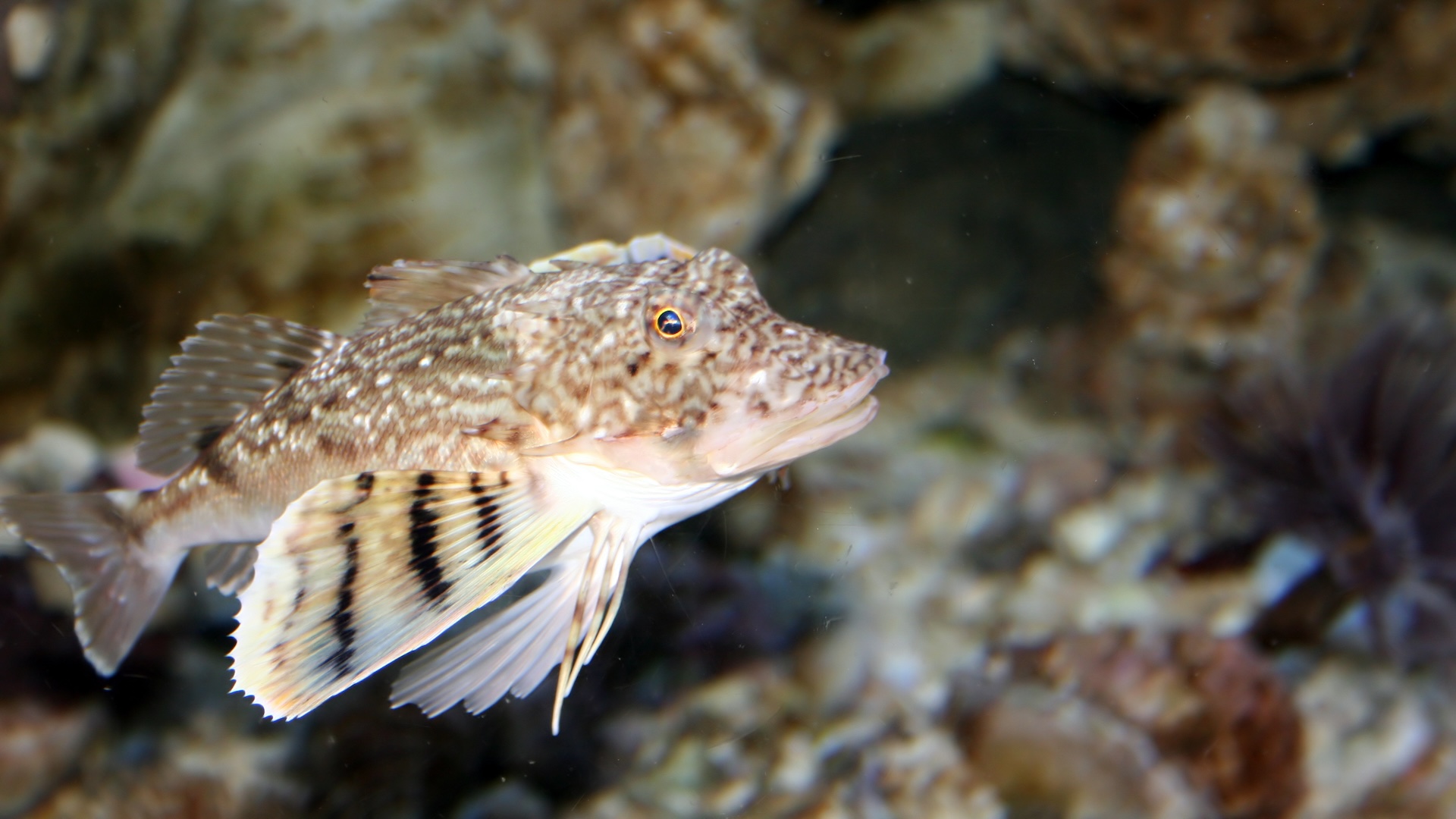JMSE, Vol. 11, Pages 1169: Numerical Simulation of Electrical Properties for Pore-Scale Hydrate-Bearing Sediments with Different Occurrence Patterns and Distribution Morphologies
Journal of Marine Science and Engineering doi: 10.3390/jmse11061169
Authors: Xixi Lan Changchun Zou Cheng Peng Caowei Wu Yuanyuan Zhang Shengyi Wang
Characterizing the electrical properties of hydrate-bearing sediments, especially resistivity, is essential for reservoir identification and saturation evaluation. The variation in electrical properties depends on the evolution of pore habits, which in turn are influenced by the hydrate growth pattern. To analyze the relationship between hydrate morphology and resistivity quantitatively, different micromorphologies of hydrates were simulated at the pore scale. This study was also conducted based on Maxwell’s equations for a constant current field. During numerical simulation, three types of hydrate occurrence patterns (grain-cementing, pore-filling and load-bearing) and five types of distribution morphologies (circle, square, square rotated by 45°, ellipse and ellipse rotated by 90°) in the pore-filling mode were considered. Moreover, the effects of porosity, the conductivity of seawater, the size of the pore-throat and other factors on resistivity are also discussed. The results show that the variation in resistivity with hydrate saturation can be broadly divided into three stages (basically no effect, slow change and rapid growth). Compared with the grain-cementing and pore-filling modes, the resistivity of the load-bearing mode was relatively high even when hydrate saturation was low. For high hydrate-saturated sediments (Sh > 0.4), the saturation exponent n in Archie equation was taken as 2.42 ± 0.2. The size of the throat is furthermore the most critical factor affecting resistivity. This work shows the potential application prospects of the fine reservoir characterization and evaluation of hydrate-bearing sediments.

 1 year ago
29
1 year ago
29


